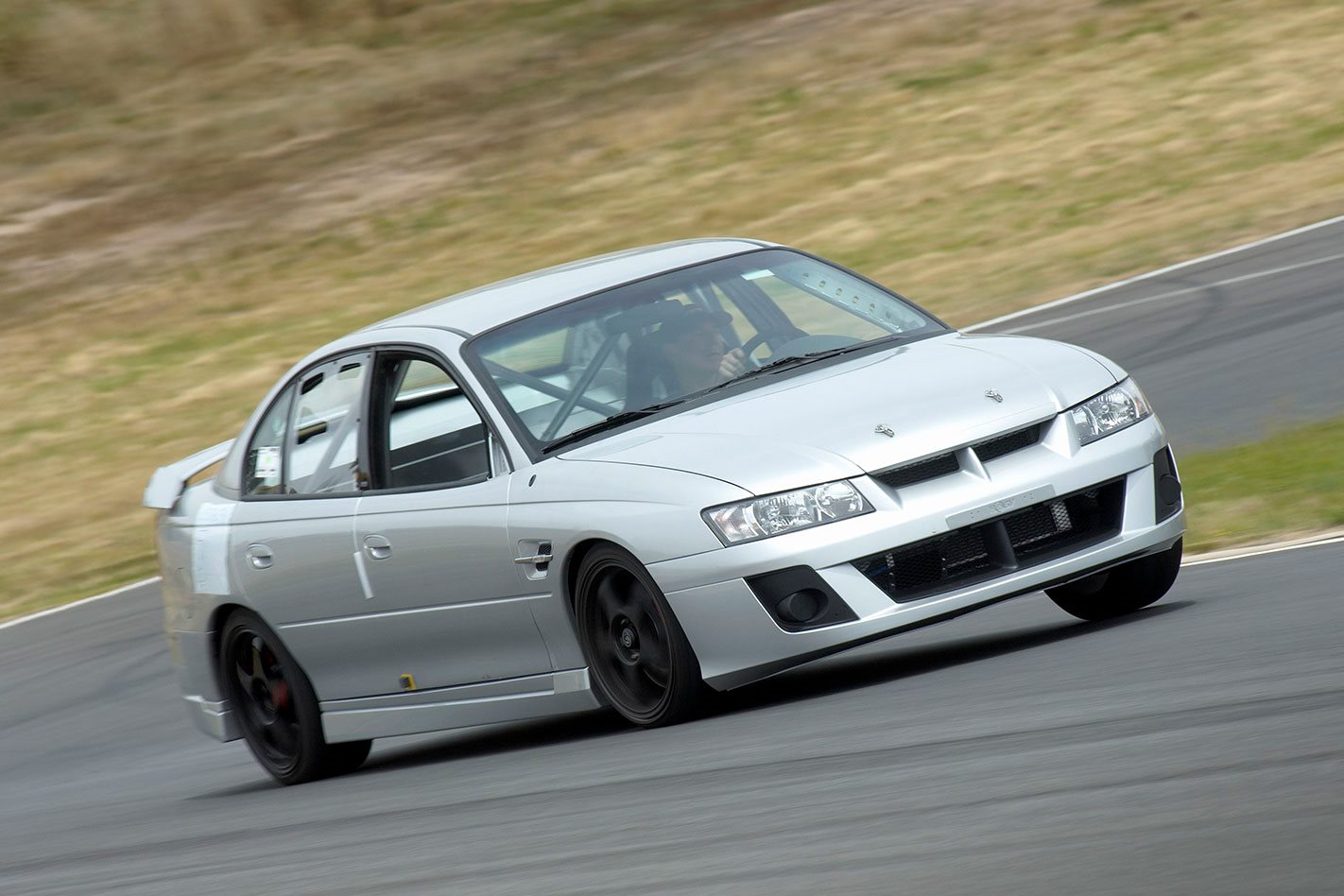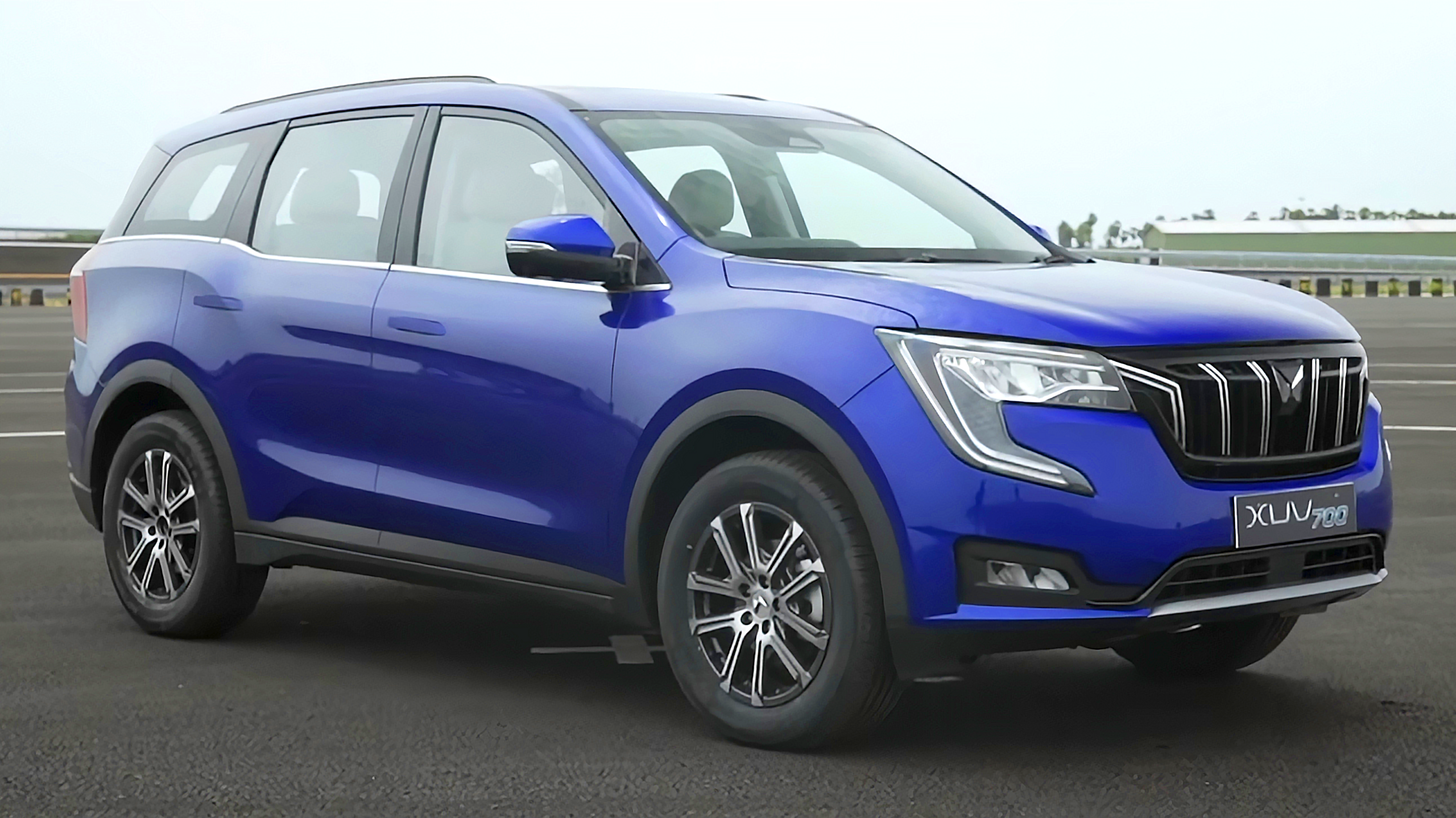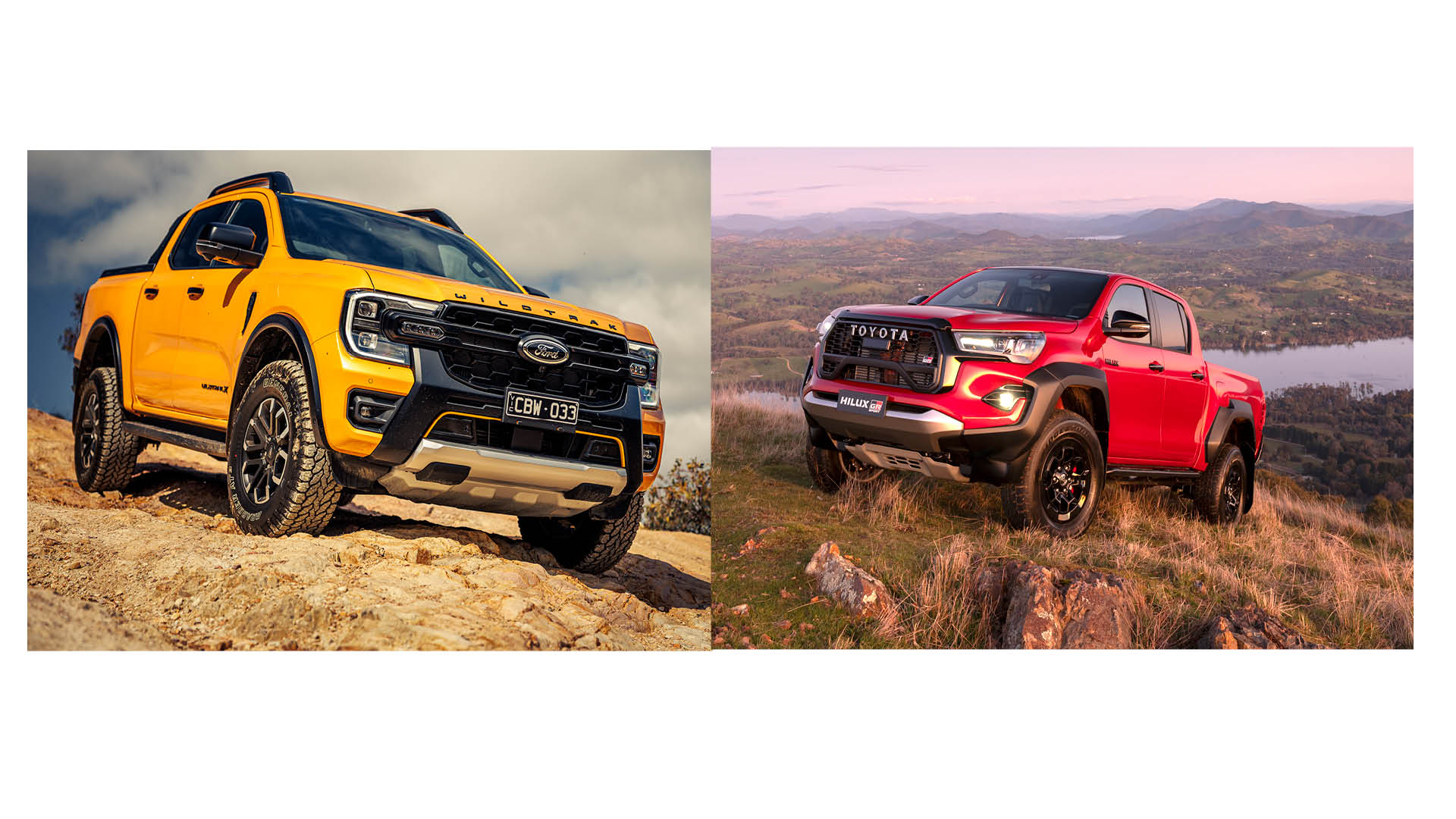It started out as a fairly simple concept: build a batch of race-cars for a one-make series, but it’s precipitated the biggest restructure in HSV’s corporate history.
This was first published in MOTOR’s April 2006 issue.
The contract to build and supply 20 Commodore-based race cars to the Bahrain Grand Prix Corporation has become such a Big Deal that the Clayton-based operation has sprouted a whole new arm. Dubbed Walkinshaw Racing Options, it’s obviously a very nice fit with HSV’s road-car business and the Holden Racing Team operation.
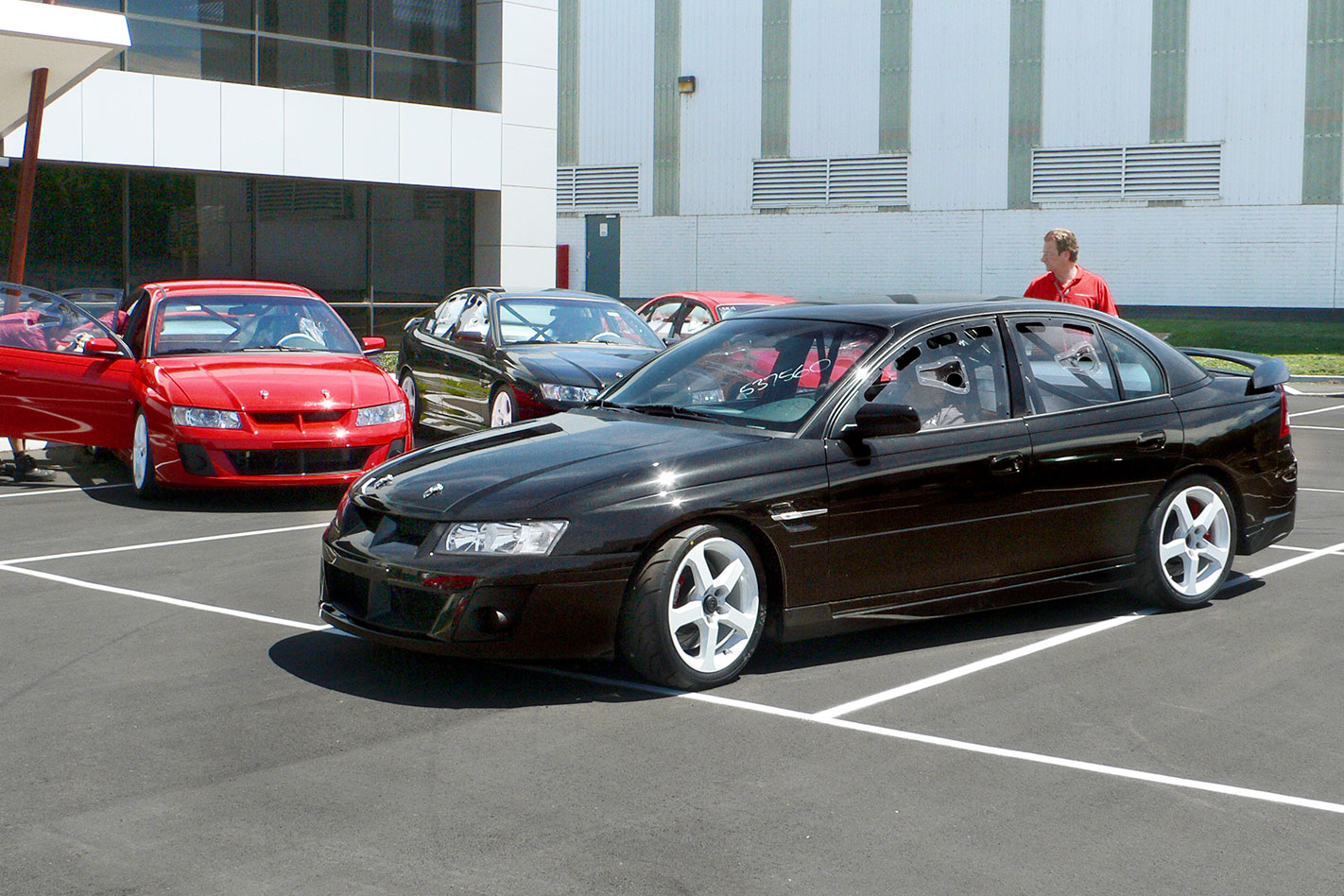
Six-piston brake kits and short-shifters are at one end of the Walkinshaw Racing Options catalogue. Complete race-cars, like the ones that are Bahrain-bound at the other.
Heck, there are even plans for a line of fitting and tuning shops (probably operated by HSV dealers) which would use the `Walkinshaw Performance’ shingle. The business case for that lot is still being nutted out at Clayton, but rest assured, HSV is thinking big.
Of course, it’s the Bahrain contract that has kicked off all this activity, and when you understand the depth of modification that goes into the cars, you can see how a chain of race shops no longer seems beyond the realms of possibility.
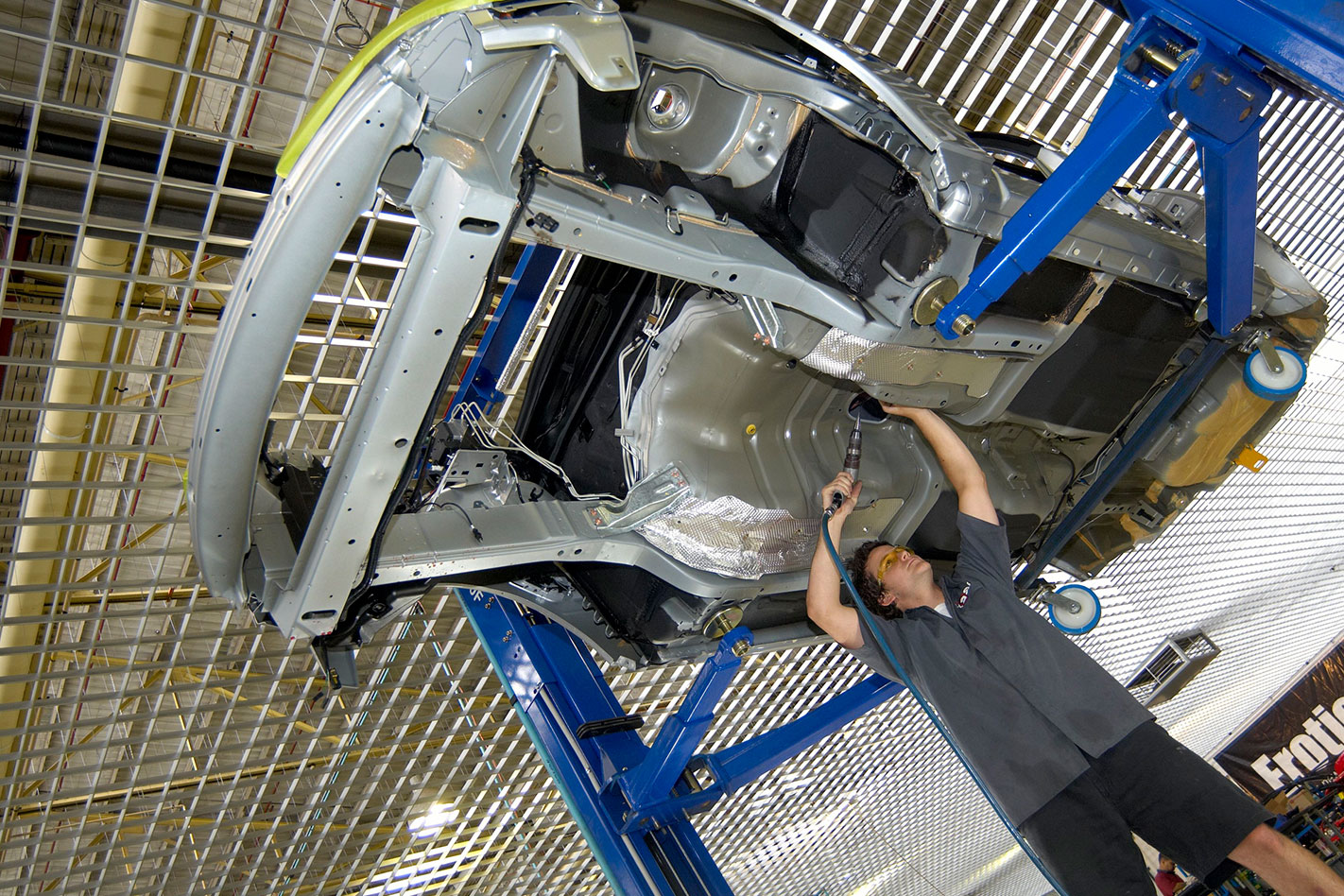
I’m not saying I now know how Glenn Seton felt that year his engine expired at Bathurst while he was in the lead (on the way to his first win on The Mountain) with about seven laps to run, but I do have a certain sense of how race cars can tear your heart out.
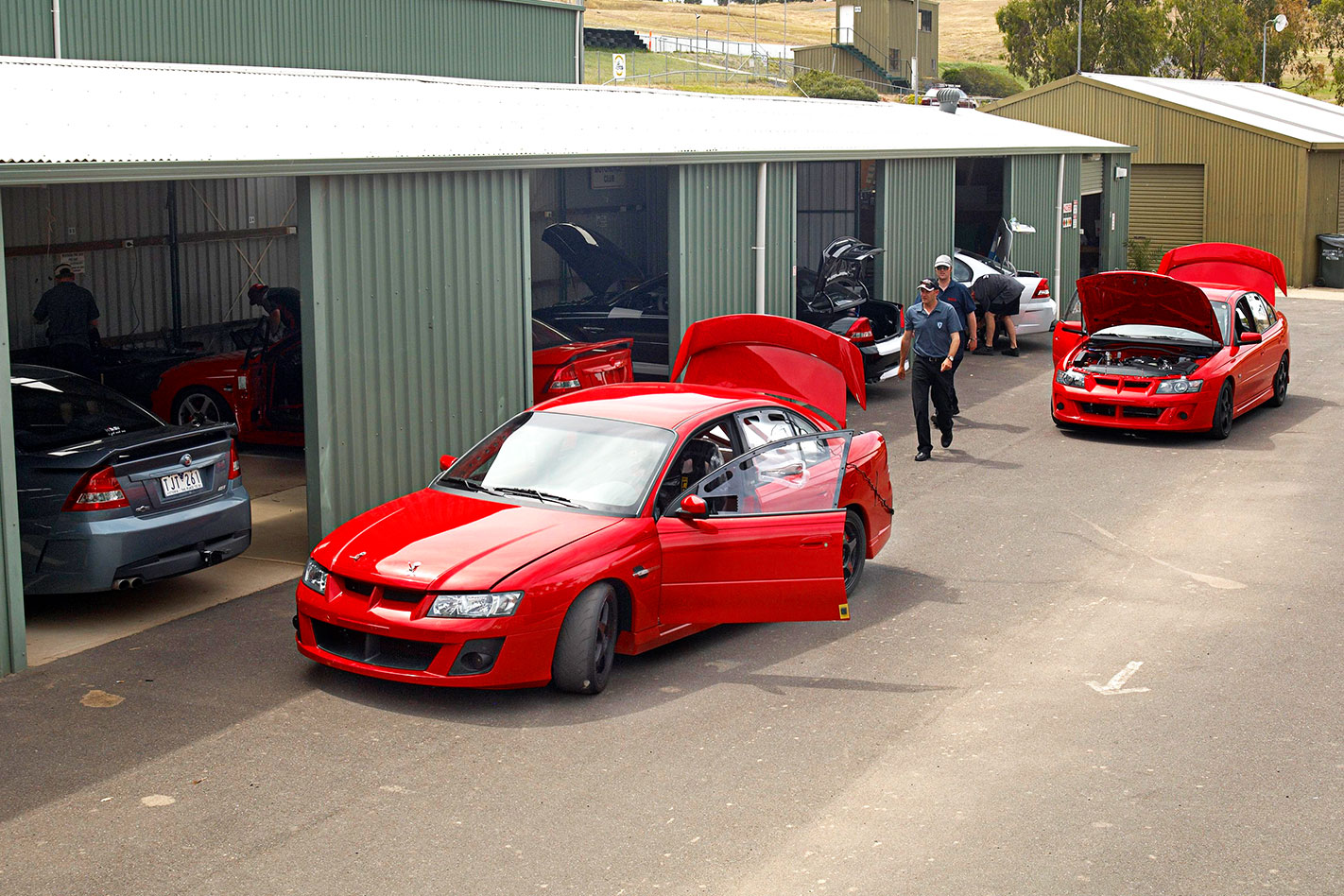
Naturally enough, the TV yobs pushed their way to the front of the queue and Our Jen (who, it must be said, looked pretty good in a race-suit) strapped in, did a quick piece to camera and then proceeded to torch the clutch before she’d traveled 20 metres down pit lane. Spare car? Nup. Game over. Sorry, boys. Bugger.
And then a week or two ago, I got the call up to come and have a test drive of the Bahrain-spec Clubsport-R (badged as a Cheverolet Lumina SS R for the Middle East) at Sandown. This time, I managed to elbow my own way towards to top of the waiting list with only a couple of punters ahead of me who defied the trend by not trashing a single component of the car.
But wouldn’t you know it: the absolute millisecond the straps were cinched up, the door was slammed shut and I started to roll down pit-lane, the heavens opened.
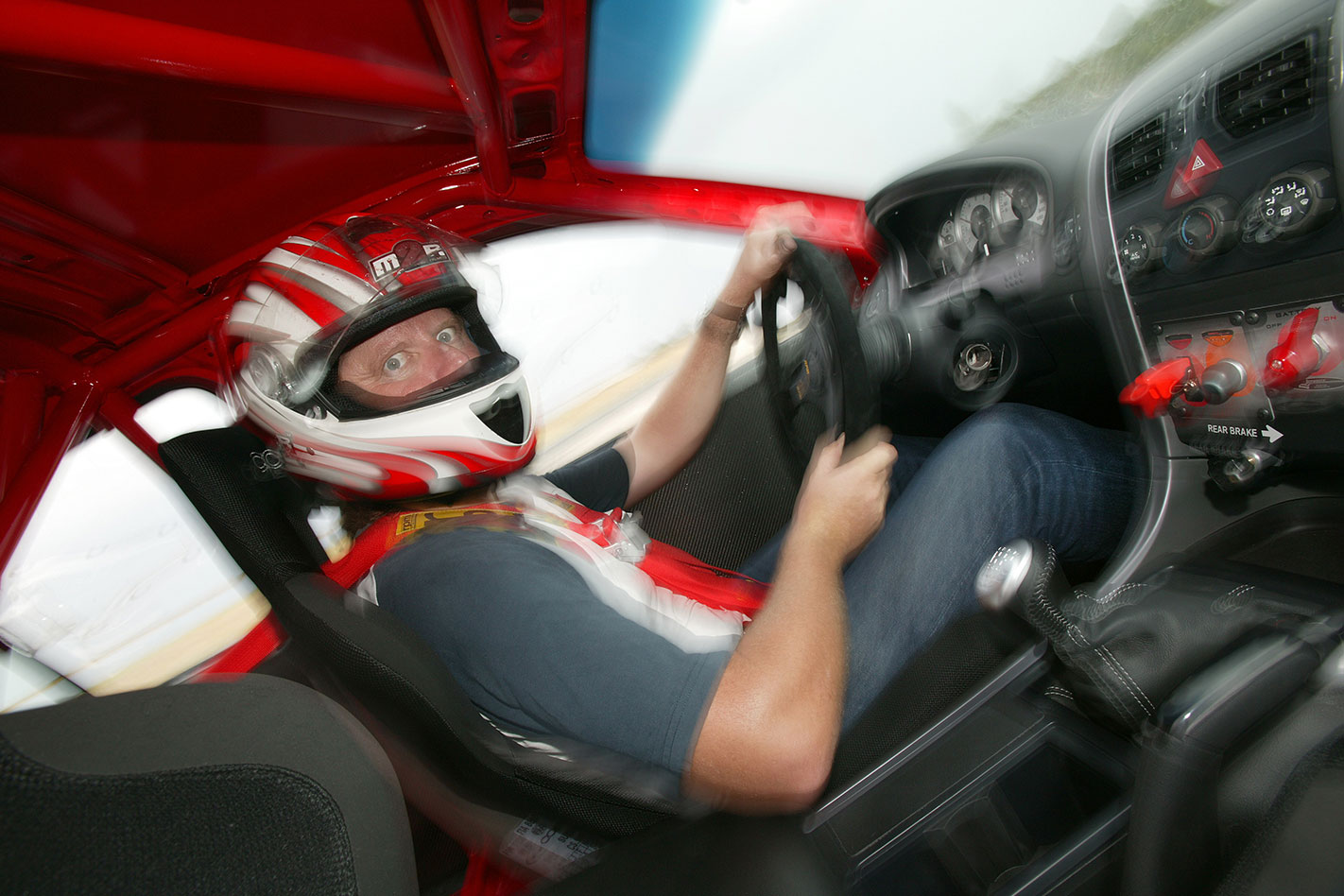
Of course, that’s when the problems really started, because the violence of the downpour was leaving big, deep puddles all over the Sandown surface. Throw in the feisty engine (thanks to its lightened flywheel), the Yokohamas that amount to little more than cut slicks (definitely not wets), and a shortened diff ratio and I was getting up to all sorts of big elbow action. To be fair, you’d need flood tyres, not just wets, to get anywhere in this mess.
Scramble through the esses and up to Causeway corner in second, line up the back straight and squeeze on the gas. And the rears go up in steam. Drat.
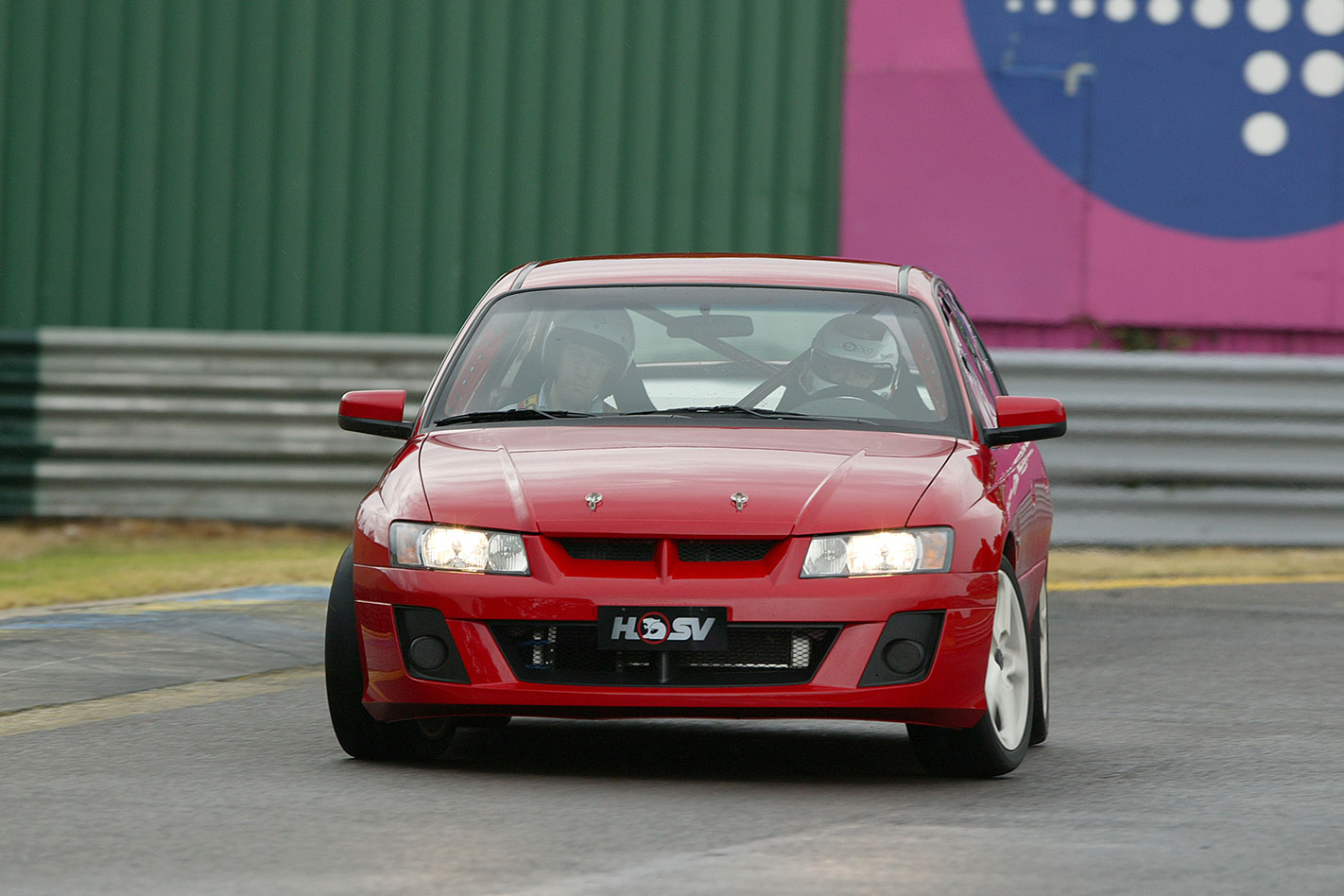
I make the decision to forget about the whole thing and head back to the pits, but then it goes really pear-shaped. Heading under the bridge before the left-right on to the front straight, the steering goes all light and the car heads for the boondocks. Yep, the dreaded aquaplane.
Being a race-car, I’ve got no ABS (staying off the brakes in an aquaplane is the best idea, anyway) and no air-bags, so I’m starting to feel a bit deflated about now. Not to mention what Clark will do to me. But just before I run out of track, I finally find some grip and lurch off at walking pace to burble up the pit entrance and park next to the second car, which has just been abandoned through lack of grip by reigning Bathurst champ Todd Kelly. Wimping out was probably the right call, then. Clarkie thinks so.
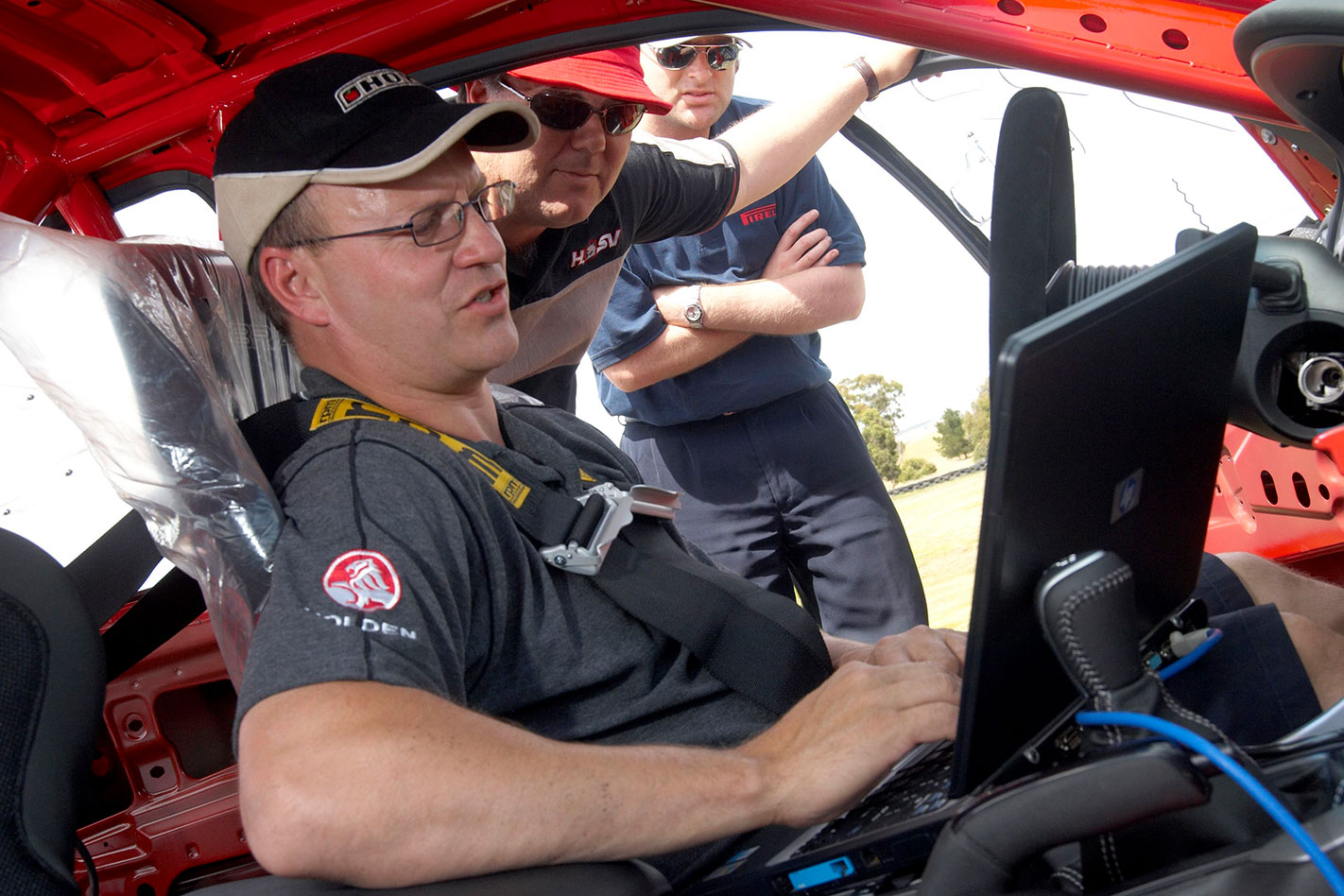
The lighter flywheel and shorter diff has really improved the LS1’s perkiness. The short shifter is more accurate than a road car by a factor of about 2000 and even though it’s a lefty, the shifts are vastly more positive.
The paddle clutch has a savage bastard of a take-up and the five-plate slippery diff can be a bit clunky at low speeds. I could live with it, though.
The other thing I know for sure is that the Commodore is a whole lot fitter for losing those 200kg, and if the road-going version could be pared back to the 1430kg of the Clubsport-R, it’d be a much different story.
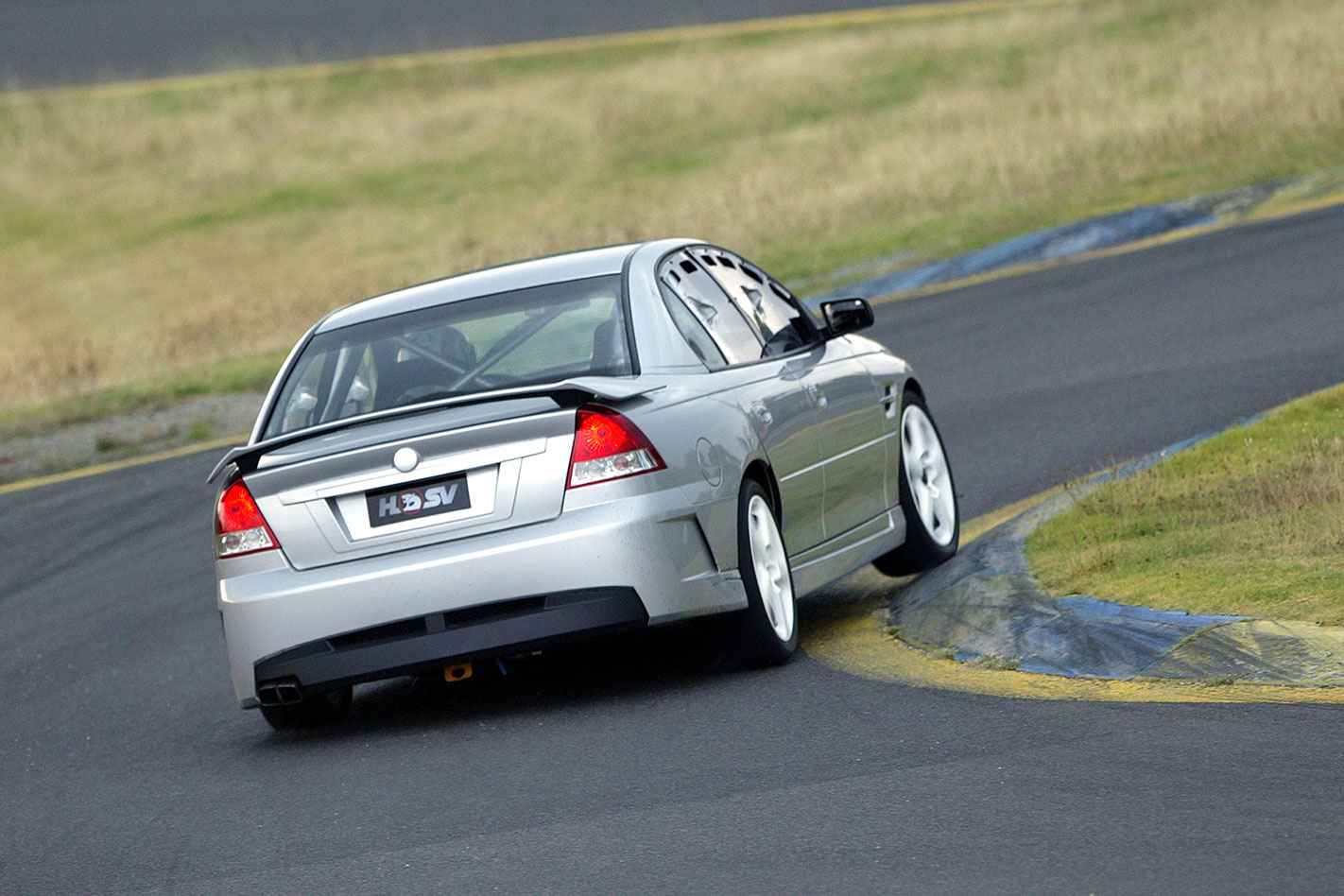
That’s about it, really, if you don’t count the trillion little things like bonnet pins and tow-hooks and such. The good news is that a Bahrain-spec racer can be yours in right-hand-drive form for the (literally) princely sum of $120,000 or so, depending on spec. The queue forms here.

